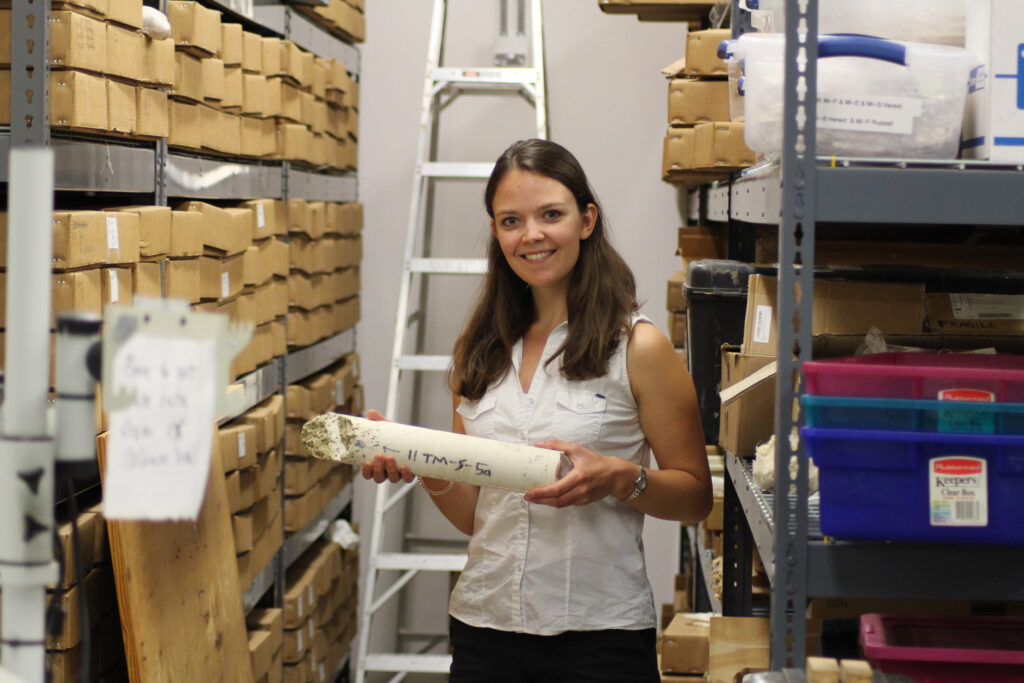The climate pattern El Niño varies over time to such a degree that scientists will have difficulty detecting signs that it is getting stronger with global warming. That’s the conclusion of a study led by scientists at The University of Texas at Austin that analyzed 9,000 years of Earth’s history. The scientists drew on climate… Continue Reading Ancient El Niños Reveal Limits to Future Climate Projections
Big Data Imaging Shows Rock’s Big Role in Channeling Earthquakes in Japan
Thanks to 20 years of seismic data processed through one of the world’s most powerful supercomputers, scientists have created the first complete, 3D visualization of a mountain-size rock called the Kumano Pluton buried miles beneath the coast of southern Japan. They can now see the rock could be acting like a lightning rod for the… Continue Reading Big Data Imaging Shows Rock’s Big Role in Channeling Earthquakes in Japan
Earthquake Forecasts Move a Step Closer to Reality
Earthquakes — like lightning — strike unpredictably. The Earth’s tectonic plates, however, hide subtle warnings that a major fault may soon break. Like forecasting a thunderstorm, knowing how to read the warnings could help communities protect lives, infrastructure and local economies. For decades, scientists have struggled to reliably give forecasts for major earthquake hotspots, but… Continue Reading Earthquake Forecasts Move a Step Closer to Reality
Slow Slip’ Earthquakes’ Hidden Mechanics Revealed
Slow slip earthquakes, a type of slow motion tremor, have been detected at many of the world’s earthquake hotspots, including those found around the Pacific Ring of Fire, but it is unclear how they are connected to the damaging quakes that occur there. Scientists at The University of Texas at Austin have now revealed the… Continue Reading Slow Slip’ Earthquakes’ Hidden Mechanics Revealed
Antoniette Greta Grima: ‘Bam! It broke in two and went on its own sweet way as if nothing had happened’
UTIG’s postdoc on discovering a new kind of tectonic behavior. GEOPHYSICS Q&A Before joining the University of Texas Institute for Geophysics, Antoniette Greta Grima discovered a previously unknown tectonic plate behavior that she called ‘slab orphaning.’ The process, which occurs 660 kilometers (410 miles) under the Earth’s surface, describes the way tectonic plates — or… Continue Reading Antoniette Greta Grima: ‘Bam! It broke in two and went on its own sweet way as if nothing had happened’





